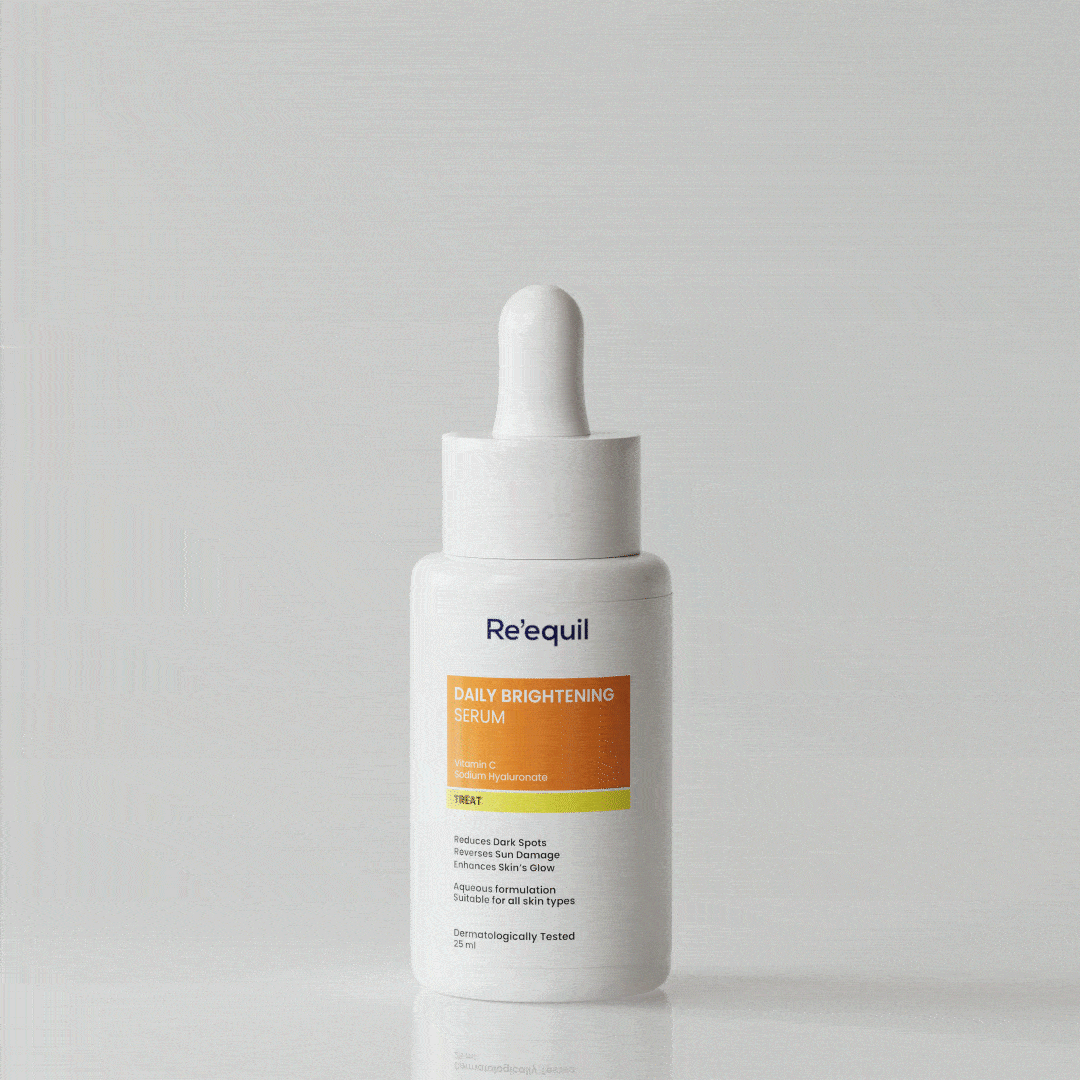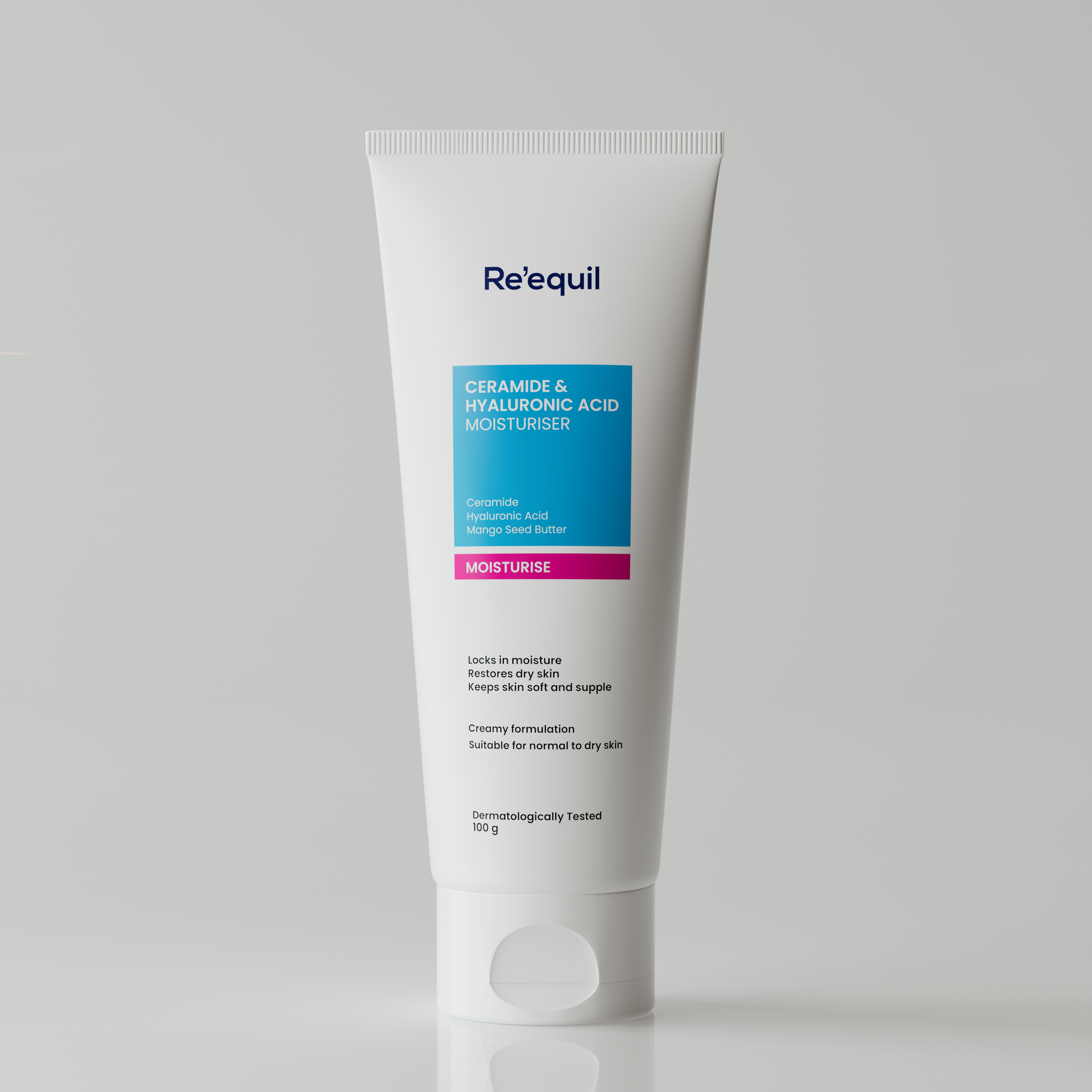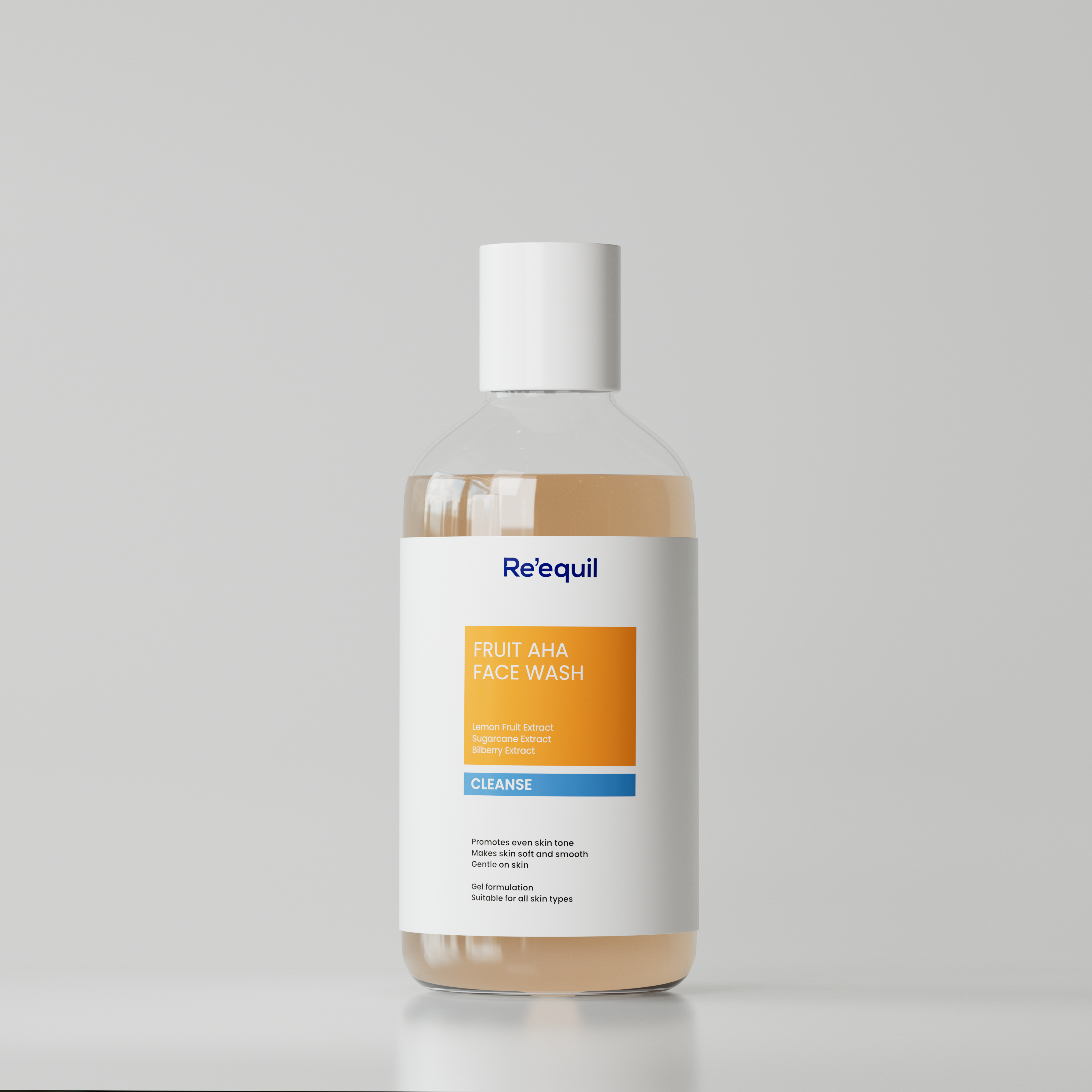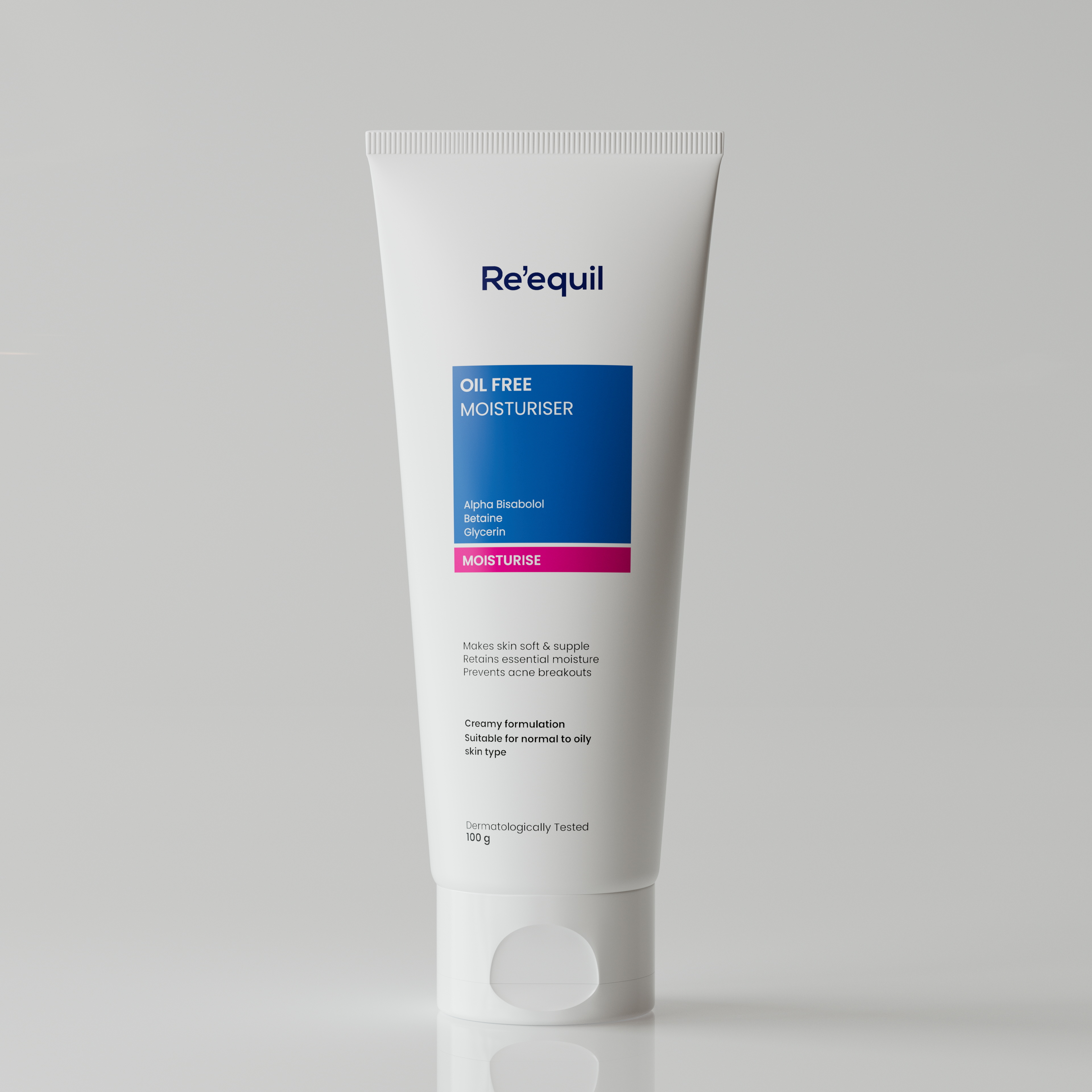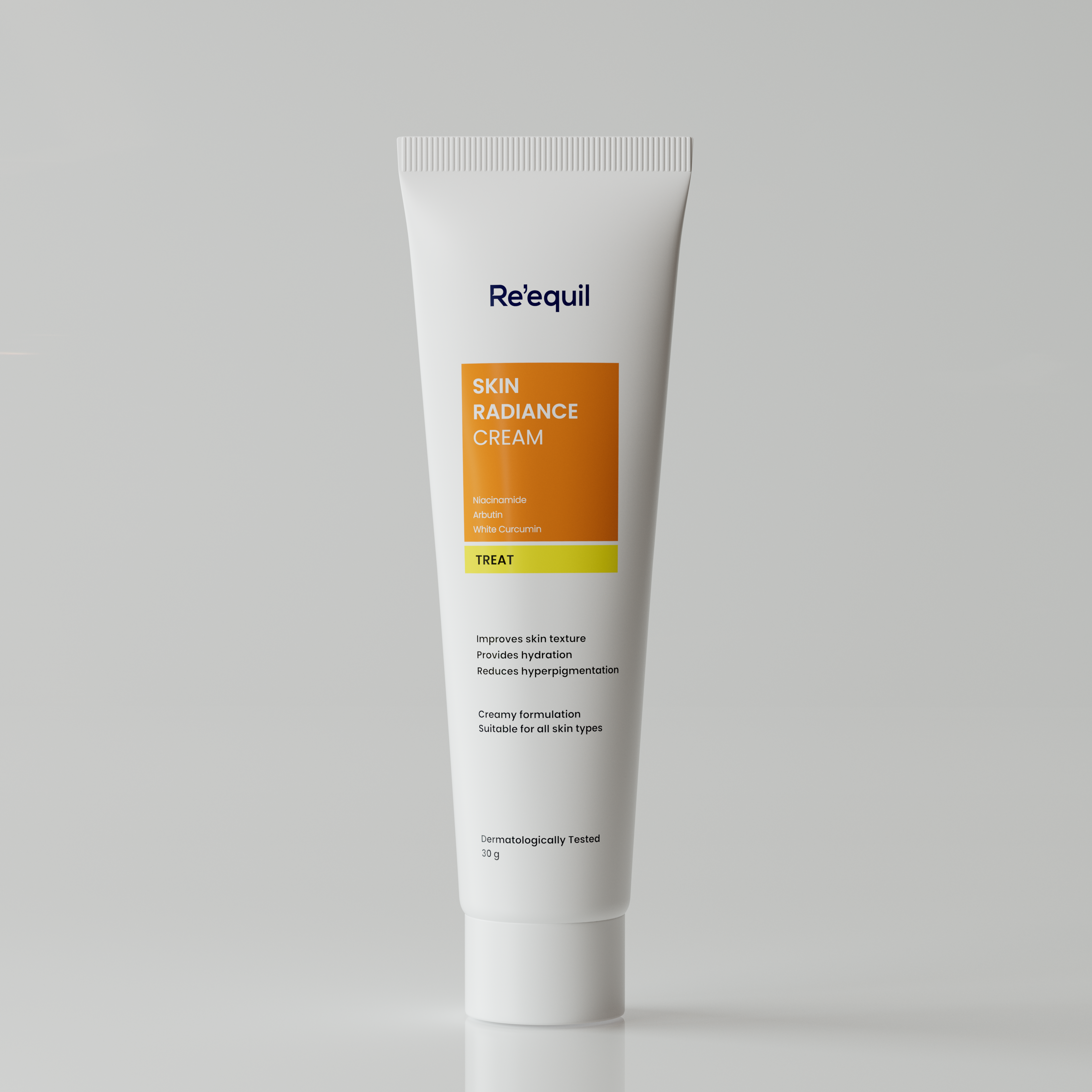Having dry and sensitive skin is a common condition. However common it might be, at the same time, it means your skin is more prone to flakiness and reactions such as redness and itching. You cannot probably apply anything or everything to it. Know well that this skin type evokes the need for an irritant-free and hydrating sunscreen. A safe sunscreen free of ingredients that might cause allergic reactions, and irritation and that does not dry out your skin.
Read below to know the most commonly used sun protection filters that not only cause harm to your dry and sensitive skin but to sea life as well. Find alternatives at the end of the blog to protect your skin
We are in an ecosystem, by maintaining equilibrium we shall grow together!
4 Unsafe sun protection filters for dry & sensitive skin
Quite unfortunately, various research studies claim that ingredients like octinoxate, oxybenzone, octocrylene, etc. have negative impacts including allergic reactions, and neurotoxicities, and pose a hazard to small marine organisms. In addition, they can even enter the food chain.
1. Octinoxate (OMC)
Another name for Octinoxate is octyl-methoxycinnamate. Companies first began using octinoxate as a form of UV protection in the 1950s. According to a study conducted by Environmental Health Perspectives scientists on coral bleaching, it was observed that octinoxate is toxic to coral reefs. Even deficient concentrations of it can cause complete bleaching of coral.
Recent studies highlight the potential risk of this filter triggering hormonal imbalance by penetrating deeper into the skin and causing allergic reactions like inflammation, redness, and acne breakouts.
Did You Know - Research reveals that Oxybenzone and octinoxate (OMC), are banned in Key West and Hawaii due to their toxic effects on marine ecosystems. In addition, the Florida Keys and Miami Beach have proposed similar legislation.
2. Oxybenzone
Oxybenzone - enemy No.1 in sunscreens. According to the Environmental Working Group (EWG), Oxybenzone -
- Is easily absorbed by our skin in large amounts and has been known to stay in our system for long stretches of time
- Is allergenic and has relatively high rates of skin reactions
- Is a potential endocrine disruptor
- Has been continuously detected in amniotic fluid, human breast milk, blood, and urine
- Has been linked to damage to coral reefs and other sea life.
3. Octocrylene
Octocrylene is an organic UV filter introduced in sunscreen products for approximately 10 years. Researchers found that it degrades into benzophenone, a compound suspected of being carcinogenic and disrupting the endocrine. Research has even claimed that this ingredient is photoallergic.
In addition, a 2019 review found that octocrylene can affect the body’s estrogen levels and is prone to causing various allergic reactions to the skin.
4. PABA
It is a natural chemical found in vitamin folic acid and also in several foods, including milk, eggs, and meat. It might seem safe but unfortunately, some studies say otherwise.
Research says that it is likely to contribute to the onset of sun-induced cancer despite protecting the skin through the absorption of UVB.
In a study conducted in the late 1990s by Dr. John Knowland of the University of Oxford, PABA was found to break down when exposed to sunlight, releasing free radicals that could damage the DNA.
Safer alternatives that protect the skin from the sun damage
The need for O-free sunscreen that is totally safe and irritation free is what will help maintain equilibrium for your dry and sensitive skin. Ingredients like Tinosorb® M, Tinosorb® S, and Prunus Yedoensis Leaf Extract are some safer alternatives.
These advanced sunscreen filters not only protect skin from the harmful effects of UVA and UVB rays but also from blue light radiated from mobile phones and laptops, etc.
While Tinosorb® S is famous for being photostable in nature, Tinosorb® M absorbs the UV rays and converts them into the least damaging form of energy, and later reflects them away. Research says that Prunus yedoensis Leaf Extract has super anti-inflammatory properties and has a soothing effect on sensitive skin.
Takeaway
Applying sunscreen once is not enough. Make sure you opt for a non-comedogenic, broad-spectrum, and irritant-free sunscreen and re-apply, especially after a heavy workout or swimming. Before opting for a sunscreen for your dry & sensitive skin, always check product labels and ensure that you opt for a hydrating O-free sunscreen with SPF 50, PA+++, or more to keep your skin healthy and nourished.




